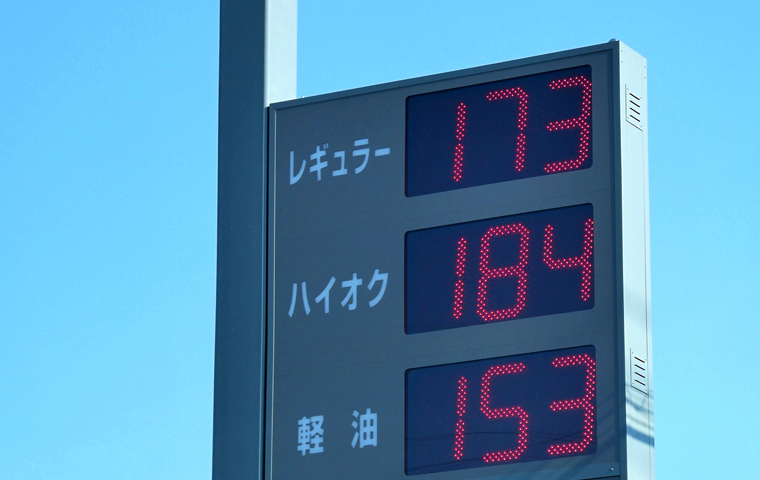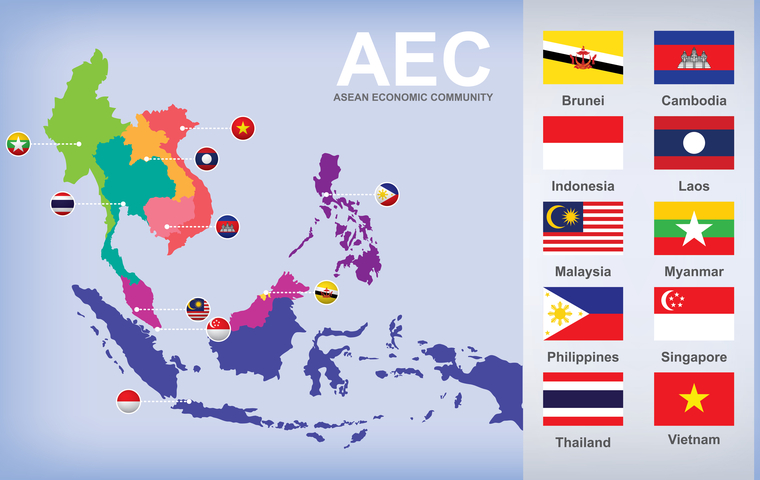Takaichi’s New Administration Tackles Inflation with a Gasoline Tax Cut
Related Articles
The Takaichi Administration Announces Its Trump Card Against Rising Prices: A Gasoline Tax Reduction
On October 24, 2025, Prime Minister Sanae Takaichi, in her first policy speech since taking office, declared that combating rising prices—which are weighing heavily on household finances—would be “the government’s top priority.” As a central pillar of that effort, she strongly committed to reducing the gasoline tax.
This means abolishing the long-controversial “temporary (provisional) tax rate” (zantei zeiritsu) that has existed for decades. Specifically, the plan eliminates the ¥25.1 per liter tax on gasoline and ¥17.1 per liter tax on diesel, directly lowering fuel costs for households and businesses. “We will aim to pass the repeal bill in the current Diet session,” Takaichi declared, signaling urgency in implementing the policy.
This historic policy shift is more than just an economic measure—it symbolizes a transformation in Japan’s political dynamics. For years, opposition parties had wielded the gas tax issue as a weapon against ruling parties, but amid record-high inflation, easing the burden on citizens has become a bipartisan imperative.
Just before Takaichi’s speech, negotiators from six parties—including the ruling Liberal Democratic Party (LDP) and Komeito, as well as opposition forces like the Constitutional Democratic Party and Japan Innovation Party—had already reached a broad agreement to abolish the temporary rate by year’s end. Thus, Takaichi’s announcement was less a unilateral top-down move and more a formal endorsement of a political consensus born from strong public demand.
The ruling coalition’s weakened position after its defeat in the Upper House election also likely encouraged this compromise. Faced with inflation—the common enemy across party lines—the long-divisive gasoline tax issue has been elevated into a rare cross-party cooperative initiative, which Takaichi now regards as a critical test of her government’s political cohesion.
The Half-Century History of the “Temporary Tax Rate” and Its Political Battles
The “temporary tax rate” being abolished was, as its name suggests, originally intended as a short-term measure. Its origin dates back to 1974, under Prime Minister Kakuei Tanaka, following the first oil crisis. At that time, Japan urgently needed to expand its road network to support rapid economic growth, and this tax was introduced as a two-year temporary measure to fund it.
Revenues were earmarked as “special road funds”, used solely for infrastructure development, playing a key role in Japan’s motorization. Yet, contrary to the “temporary” label, the rate was repeatedly renewed under special tax measures, becoming a de facto permanent tax that burdened citizens for over fifty years.
The nature of the tax changed decisively in 2009, when the road-specific fund system was abolished amid criticism of wasteful spending. Gas tax revenues were reclassified as general funds, usable for any government expenditure. This stripped the levy of its original purpose—funding road construction—leaving behind a tax with no clear justification, fueling public resentment and distrust.
The issue repeatedly sparked political turmoil. Most notably, during the 2008 “Gasoline Diet”, opposition parties fiercely opposed extending the temporary tax, causing a one-month lapse in April 2008. Gasoline prices temporarily dropped sharply, only to surge again in May after the ruling party reapproved the tax in the Lower House, creating market chaos.
That episode underscored how politically explosive the issue could be—mishandling it could even determine a government’s fate. The current decision thus ends a half-century of distortion in Japan’s tax structure and resolves a long-standing fiscal contradiction—a highly symbolic policy shift.
The ¥1.5 Trillion Revenue Hole and the “Trigger Clause” Alternative

While good news for consumers, abolishing the tax poses a serious fiscal challenge for the government. Ending the provisional rates on gasoline and diesel is projected to reduce combined national and local tax revenues by about ¥1.5 trillion annually. Finding replacement funding—alternative revenue sources—is the greatest obstacle to realizing the cut.
Although Takaichi emphasized her “strong commitment” to the measure, she offered only a vague assurance of “ensuring stable revenues for both national and local governments,” without detailing how to offset the loss. Current working-level discussions between ruling and opposition parties include proposals such as revising corporate tax incentives, but securing permanent alternative funding will be difficult and contentious.
The government, in fact, had another theoretical option to curb fuel prices: the “trigger clause.” Introduced under the Democratic Party of Japan (DPJ) government in 2010, it automatically suspends the provisional gas tax if the average retail price of gasoline exceeds ¥160 per liter for three consecutive months.
However, the clause was frozen in 2011 after the Great East Japan Earthquake to preserve reconstruction funding, and it has never been activated since. Although opposition parties have repeatedly called for lifting the freeze amid recent oil price surges, successive governments have resisted—fearing revenue losses and, more importantly, the market disruptions caused by sudden tax activation or deactivation, which could trigger panic buying or sales slumps at gas stations.
Ultimately, Japan’s government chose to avoid the trigger system—complex, volatile, and unpredictable—and instead pursue a permanent repeal of the tax rate: simpler, more transparent, but far more fiscally painful. This reflects a strategic decision to prioritize market stability and policy clarity over short-term fiscal ease. In essence, Japan has opted to face the tangible challenge of finding ¥1.5 trillion in new revenue rather than risk the unpredictable turmoil of a temporary measure.
Relief for Households, a Blow to Decarbonization: Japan’s Policy Dilemma

If implemented, the gasoline tax cut could deliver substantial benefits across society. Estimates suggest that the average household could save ¥7,000–¥9,670 per year. Lower fuel costs for transport and logistics could ease prices across a wide range of goods and services, helping to alleviate inflationary pressure.
For residents of rural areas—where cars are essential due to limited public transport—the impact would be particularly life-changing.
Yet this short-term economic relief comes with a fundamental contradiction to Japan’s long-term national strategy. The government has pledged to achieve carbon neutrality by 2050 and is pursuing its Green Transformation (GX) policy, which seeks to restructure the economy by raising the relative cost of fossil fuels to drive investment in efficiency, renewables, and electric vehicles.
By lowering the cost of gasoline—a fossil fuel—the new policy directly undermines that principle. Effectively, it functions as a subsidy for CO₂ emissions, reducing incentives for energy efficiency and the shift to EVs. Critics argue that Japan is “pressing the accelerator on decarbonization while slamming the brakes with fossil-fuel subsidies,” eroding policy consistency and credibility.
Takaichi’s decision highlights a universal dilemma for modern governments: the tension between short-term political necessity—relieving households from economic pain—and long-term global responsibility—combating climate change.
While the tax cut will likely win strong public approval, it risks damaging Japan’s international credibility on decarbonization. In choosing to address today’s inflation crisis, the government may be deferring tomorrow’s sustainability challenge—a decision emblematic of the difficult trade-offs Japan’s leaders now face.



